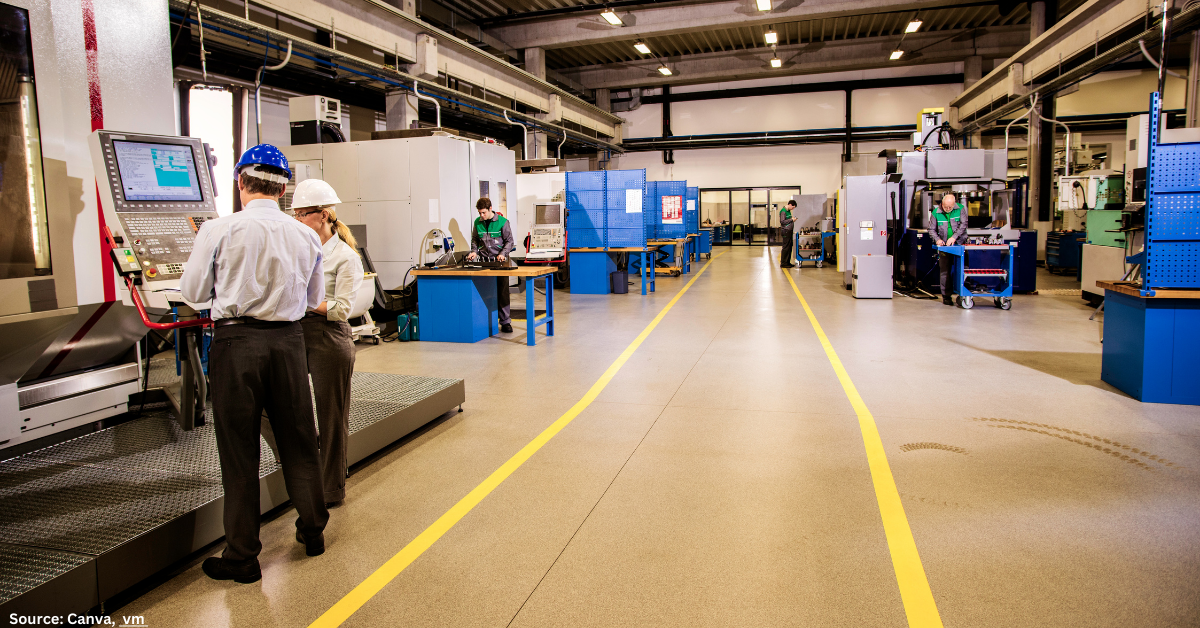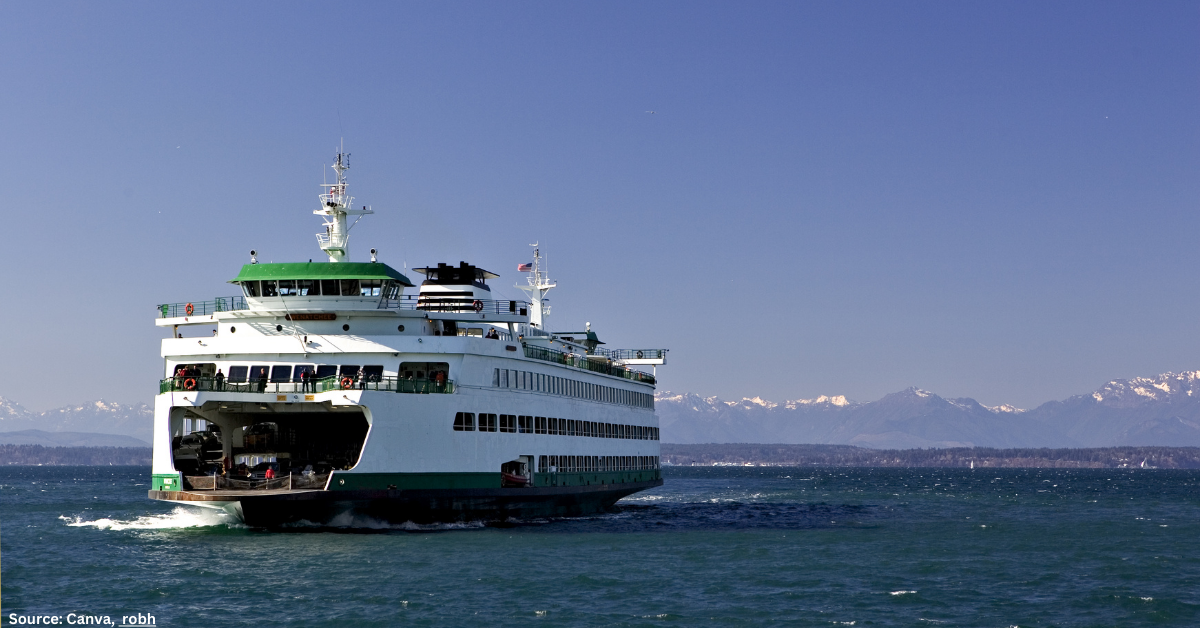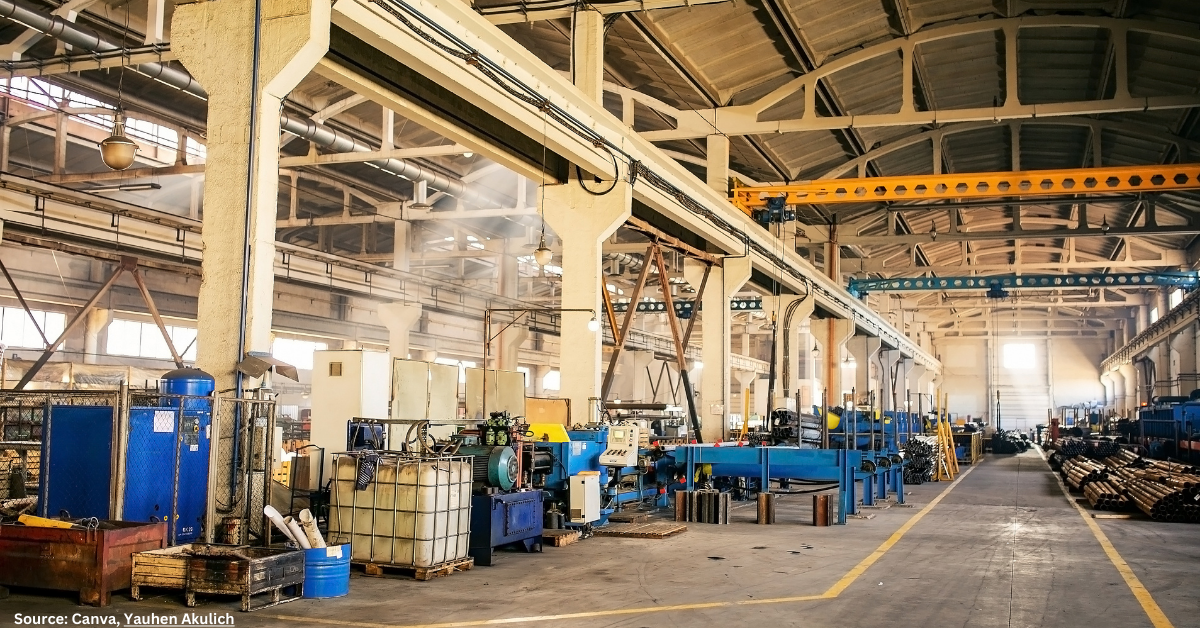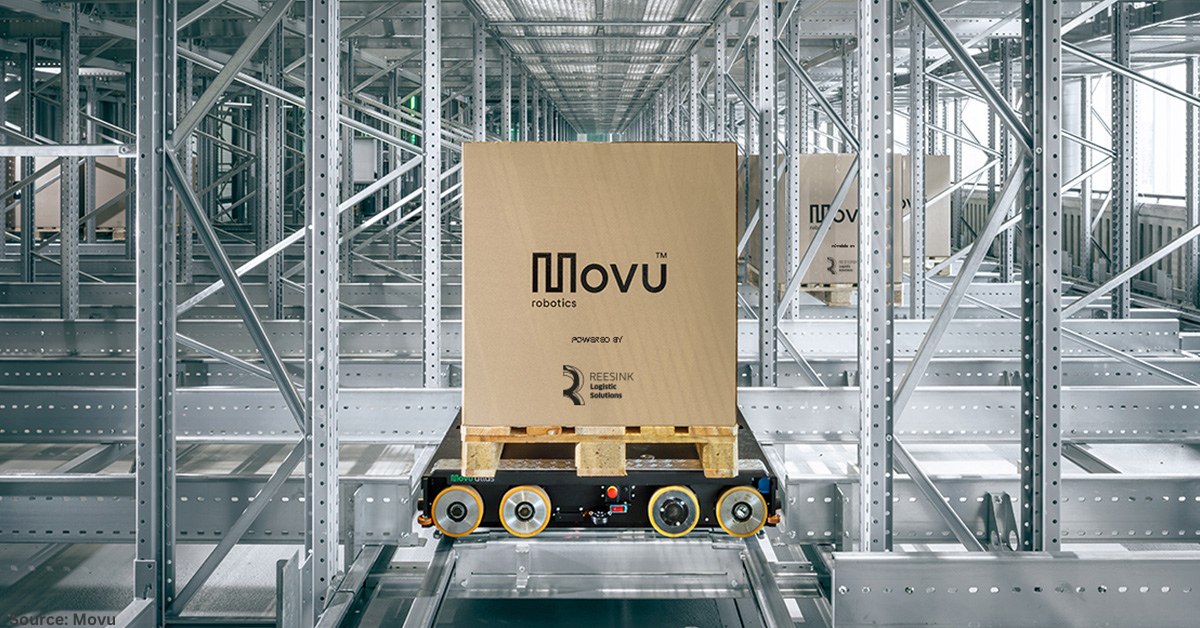Colliers’ Demand Outlook Insights Report reveals there is currently over one million sqm of potential multi-level warehousing space in the Sydney pipeline.
As increasing industrial demand outstrips supply, prime rents are forecast to grow by 30per cent or more by 2025 in 10 industrial submarkets.
South Sydney leads at 39.5 per cent, followed by Central West Sydney at 36.9 per cent, Outer East Melbourne at 36.6 per cent and City Fringe Melbourne at 35.6 per cent.
A lack of leasing options and robust levels of occupier demand indicates that rental growth of over 30 per cent in certain industrial markets by 2025 is likely, especially since average industrial prime rents increased nationally by almost 19 per cent in the 12 months leading up to the end of September 2022, according to Gavin Bishop, Head of Industrial Capital Markets, Colliers.
“This is the highest level of growth since we started recording industrial rent data in 2005, and is well above the long-term average of 2.4per cent per annum,” Bishop said.
“Sophisticated capital is increasingly seeking to optimise rents in the context of high land values and lack of supply in infill markets with multi-level warehousing, and Goodman, LOGOS, ESR, Hale Capital Partners and Charter Hall are all currently seeking to construct multi-level facilities.
“Of the multi-level industrial assets currently marketed for lease in Sydney, net face rents well in excess of $300/sqm are being achieved for up to three levels, and the Qantas lands Colliers sold to LOGOS in 2020, which adjoins Sydney’s International Airport will likely see Australia’s first four to five storey warehousing.
“While, South Sydney currently represents the epicentre of multi-level warehousing, several sites purchased in 2022 have been earmarked for multi-level development in Sydney’s Inner South West and Central West.
“The Melbourne market will likely track the success of multi-level developments in South Sydney before looking to roll these out in in areas like Port Melbourne over the next two to three years.”
Notable current multi-level warehousing projects due to be delivered within the next five years in Sydney include Goodman’s 45 Burrows Road, Alexandria (16,078 sqm), Charter Hall’s 520 Gardners Road, Alexandria (27,509 sqm) and Hale Capital Partner’s 42- 52 Raymond Avenue, Matraville (19,461 sqm).
Multi-level and larger industrial facilities answer the call for new space with vacancy rates in several Sydney areas under 1per cent, while also offering substantial occupancy savings as land-tax and Council rates are shared across each level. With statutory costs accounting for around 55per cent of total outgoing costs on avearge, this can result in a large saving to tenants according to Luke Crawford, Director, Research, Colliers.
“Larger industrial facilites will help facilitate net take-up for 2023, which we are forecasting will be in the order of 3.2 million square metres nationally, due to the impact of a shortage of leasing options and moderating demand from the retail trade sector as consumer consumption eases with the rise of the cost of living,” Crawford said.
“With regards to speculative projects, between now and the end of 2023, there is approximately 1.6 million sqm in the pipeline along the East Coast, dominated by the Melbourne market,” he said.
“Of this amount, almost 50 per cent is committed with the bulk of uncommitted space stemming from 2023 likely to be committed closer to completion.”
Mr Bishop added; “Given rents are increasing on a weekly basis at present, select developers are not wanting to lease the space months before completion as they believe they are missing out on rental growth, while others are happy to lease the space to provide outcome certainty.
“Since the substantial speculative pipeline over the next 18 months is far exceeded by the level of active tenant requirements, it is unlikely to significantly impact vacancy rates.”
Source: Colliers media release

















































Follow us on social media